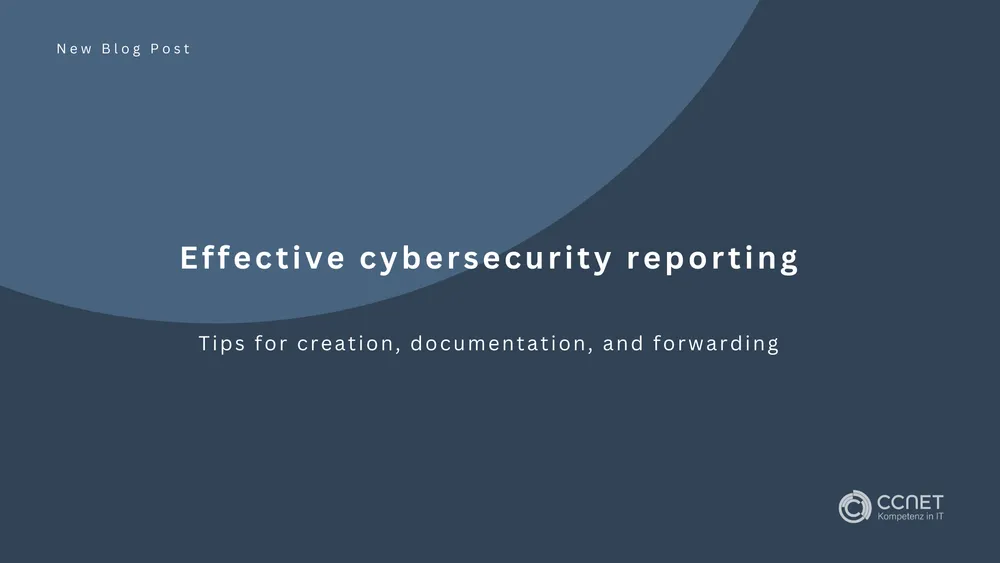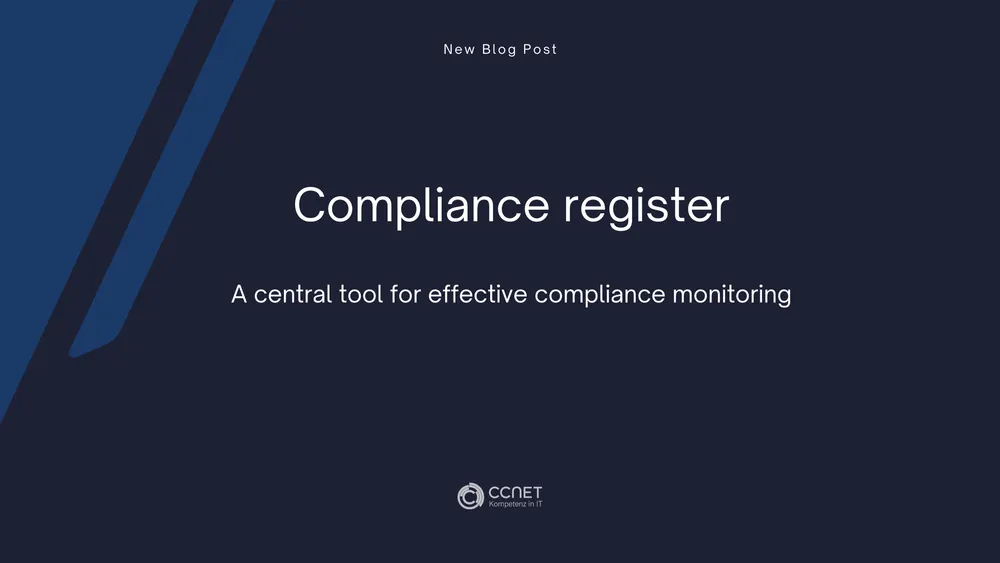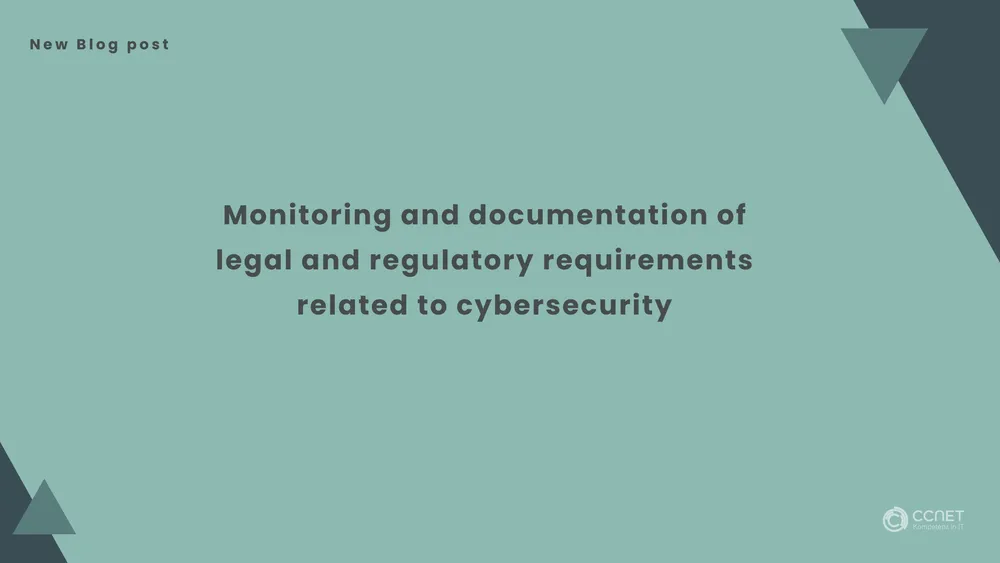
CCNet
Jan 17, 2024 • 2 min read

Effective response to cyberattacks in line with NIS2 policy
Cyberattacks are a serious threat to companies of all sizes. In the context of the European Union's NIS2 Directive, it is crucial that companies know how to respond to such incidents. In this article, we discuss the steps companies should take in the event of a cyberattack under the NIS2 policy.
Further information can be found here: IT-Consultation
1. Immediate response:
The first step after a cyberattack is to activate your emergency and response plan. This plan should be designed to quickly limit the damage and regain control of affected systems. A quick response can significantly minimize the impact of the attack.
2. Identification of the attack:
It is important to quickly identify the type of attack and the systems affected. This helps to take the right countermeasures and understand the vulnerabilities that made the attack possible.
3. Communication and transparency:
Transparent communication is crucial. Inform all relevant stakeholders, including customers, employees and authorities, about the incident. Open and honest communication can help maintain the trust of your stakeholders and meet legal requirements.
4. Report to authorities:
According to the requirements of the NIS2 directive, cyberattacks must be reported to the relevant authorities. This report should be timely and contain all relevant information about the incident.
5. Investigation and analysis:
A thorough investigation of the incident is essential to understand the causes and prevent future attacks. This includes analyzing the attack methods and the exploited vulnerabilities.
6. Recovery and aftercare:
After an attack, you should restore affected systems and review your security measures as quickly as possible. This is not only to restore normal operations, but also to prevent similar incidents in the future.
Conclusion:
An effective response to cyberattacks under the NIS2 Directive requires a rapid, coordinated, and transparent approach. Organizations should be prepared to both manage the immediate impact of an attack and develop long-term strategies to prevent future incidents. By adhering to NIS2 and implementing a robust cybersecurity framework, companies can strengthen their resilience to cyber threats and ensure the trust of their stakeholders. This strategic line of defense not only addresses current security challenges but also anticipates potential vulnerabilities, ensuring a proactive stance against the evolving landscape of cyber threats.


